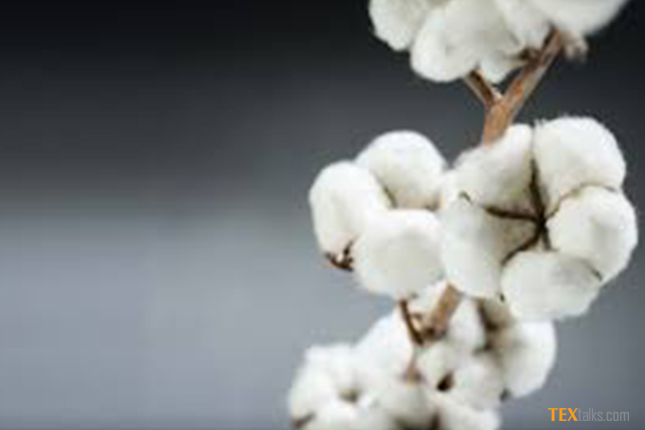India is likely to export nearly one-fifth less cotton than previously estimated as pink bollworms are set to eat into the south Asian country’s output which was expected to hit a record, said officials of industry to the media.
Lower exports from the world’s biggest producer will help its rivals like the US, Brazil and Australia to raise their exports to Asian buyers like Pakistan, China and Bangladesh. “This year exportable surplus will be around 6 million bales. Production estimates are revised down due to the pest attack,” said Nayan Mirani, a partner at Khimji Visram & Sons, a leading cotton exporter.
Earlier, industry officials were estimating exports of 7.5 million bales of 150 kg each. A 19 % jump in the area planted for cotton prompted industry officials to estimate record production of 40 million bales in the 2017-18 seasons starting on Oct 1.
But farmers found that as harvesting started fields were infested with pink bollworms which consume the cotton fibre and seeds inside the boll, or fruit, of the plant. The problem was especially widespread in the western Indian state of Maharashtra, the country’s biggest cotton grower. “In many regions the pest attack was severe. We now think production would be around 37.5 million bales,” said Chirag Patel, chief executive at Jaydeep Cotton Fibres Pvt Ltd.
The bollworm infestation has occurred even as Indian farmers have adopted genetically-modified seeds known as Bt cotton that are resistant to the pest. The government approved the seed in 2006. The technology transformed India into the world’s second-largest exporter of the fibre. However, pink bollworms are now developing resistance to the technology, said V. N. Waghmare, director of Central Institute for Cotton Research.
“I was expecting to harvest five tonnes of cotton as the crop grew vigorously. But the bolls didn’t open as almost every boll is infested with pink bollworms,” said farmer Pandurang Kale as he split a cotton boll to show a pink bollworm that had eaten the fibre. Kale spent more than 150,000 rupees ($2,300) on his cotton crop, but pink bollworms ensured he did not harvest a single kilo of cotton from his 5-acre (2 hectare) field, despite using Bt seeds.



